Golisano Children's Hospital /
Tests & Procedures /
CT Scan
Having a CT Scan
Having a CT Scan
widget-d9cd87ec-f81
-
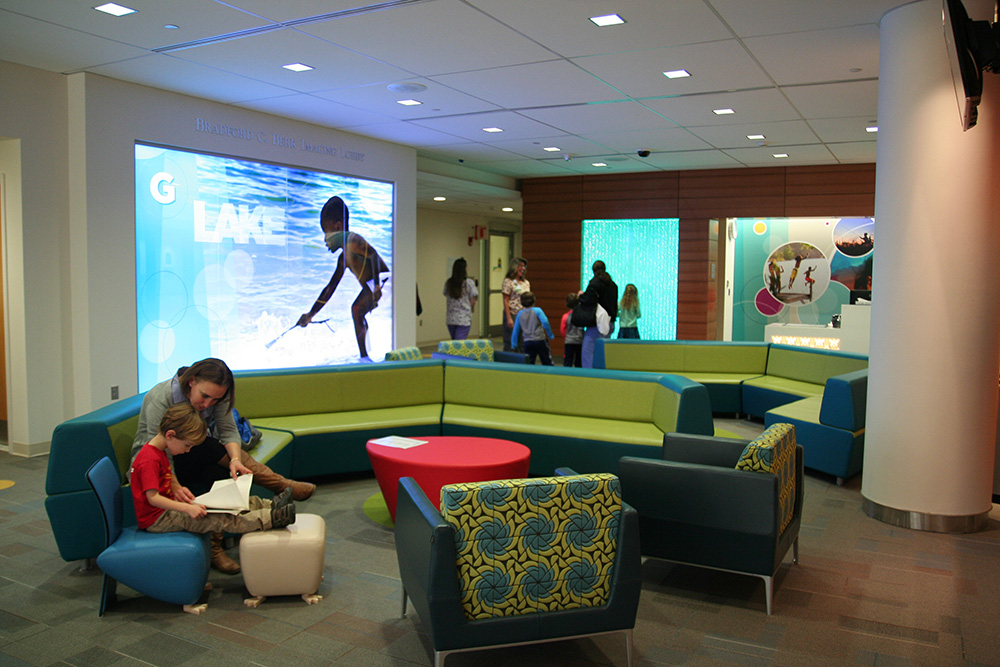
Welcome!
Welcome to Golisano Children’s Hospital! Our hospital is beautiful and has lots of fun places for you to explore. The people are very nice and they care about your health. When you arrive in the lobby our receptionist will check you in and tell your nurse that you are here.
You can talk to anyone on the healthcare team if you have questions about your CT Scan.
-
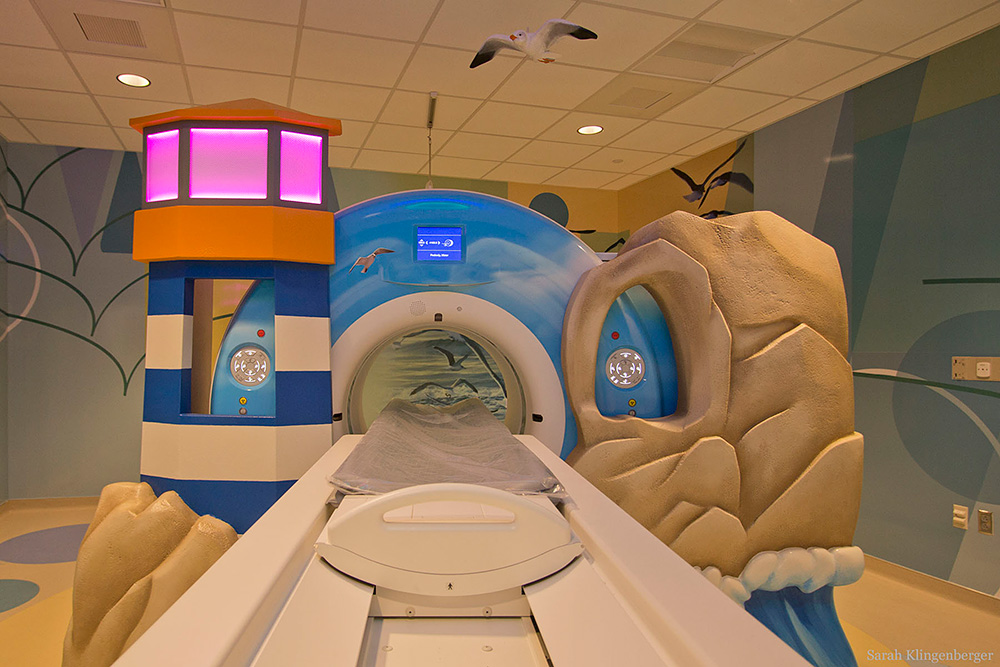
What is a CT Scanner?
A CT scanner makes pictures of the inside of a person’s body. Our CT scanner looks like a lighthouse and you get to ride into it on a bed! Something really neat is that you can change the color of the lights in the lighthouse and the ceiling! Just ask your nurse or radiology technologist.
-

What to Expect When You Have a CT Scan
You may meet a person called a Child Life Specialist. They are really good at explaining things to children like you. Their job is to talk to you about your CT scan and to answer any questions you have. They have fun activities for you to do.
-

Preparing for Your CT Scan
Before your scan you will go to the CT Prep room, where there is a TV.
You may need to drink a glass of special juice called “Contrast”. Contrast helps make the pictures nice and clear so your doctors can see everything they need to see. We have lots of flavors to choose from!
Sometimes, contrast needs to be given to you through an IV.
-
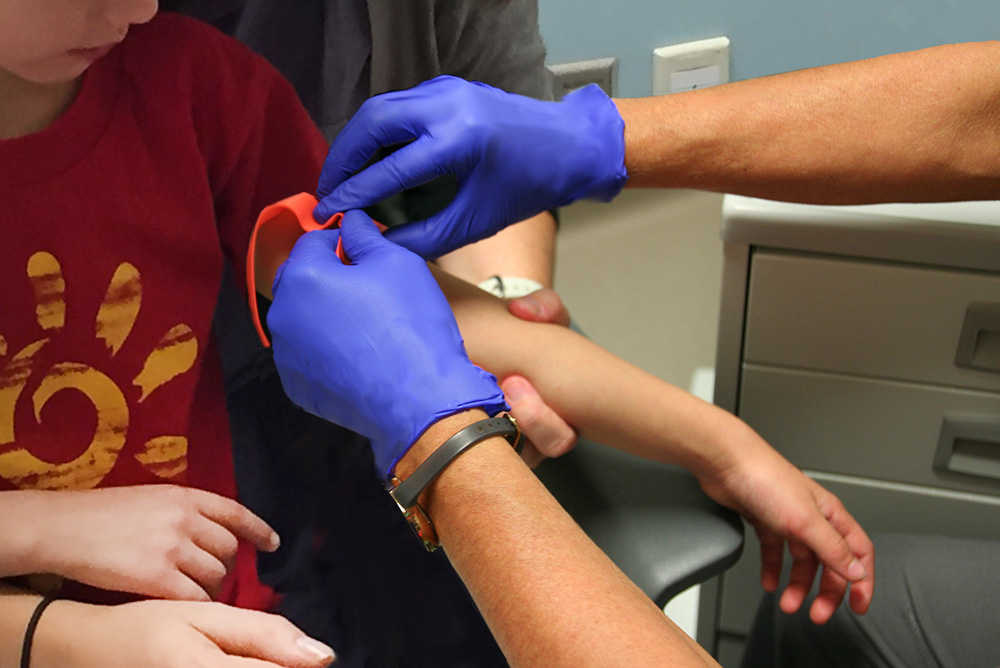
If You Need an IV
Sometimes, children need to get an IV before their CT scan. If you need to have an IV, you can sit in the chair by yourself or you can sit on a grownup’s lap. The first thing the nurse will do is look at your arm to find the best place to put the IV. Your nurse may put a soft cream on the area to numb it. A special kind of rubber band called a tourniquet gives your arm a little squeeze. Next, your nurse will clean your arm with fun soap.
-
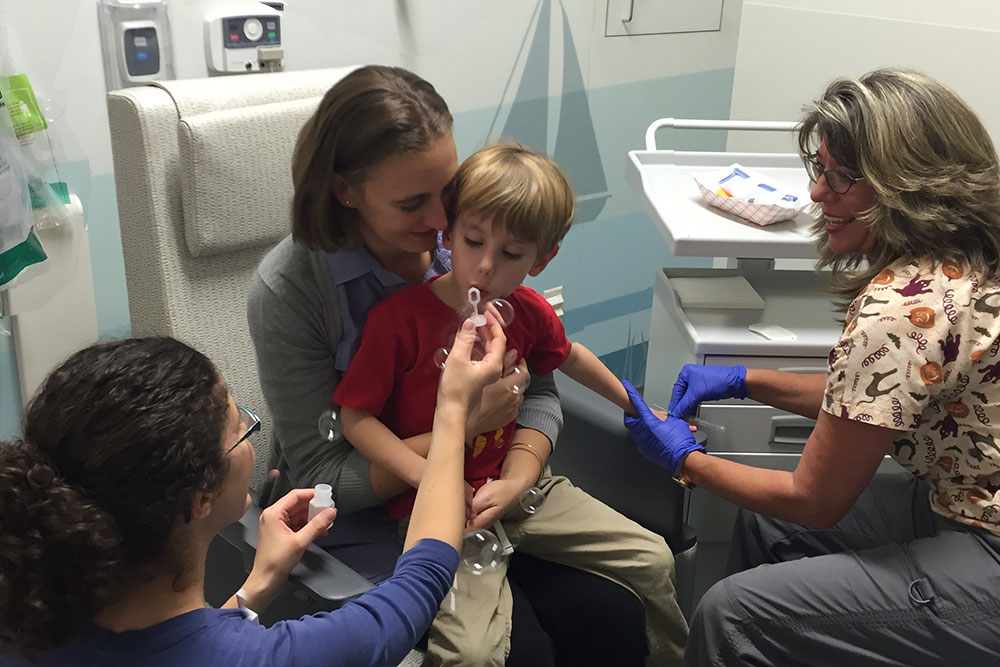
Some children like to watch and some like to look away while they get their IV. You can do either. The child life specialist may have fun things for you to do, like blow bubbles. While you do that, your job is to hold your arm really straight and to stay as still as a statue. Take big deep breaths. The nurse can count to three if you want them to.
Next there is a quick little poke. This is called an IV.
-
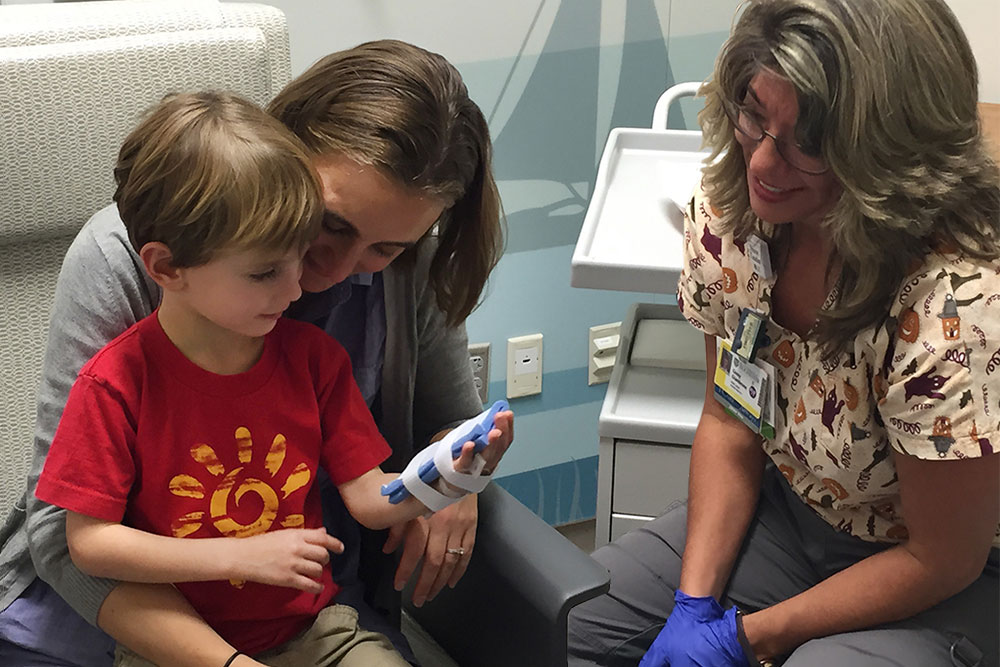
The nurse will put some special tape over the IV to help it stay in place. The nurse may also put some fluid through the IV to make sure it is working. This will not hurt, but it might feel a little cold. Your IV will stay in during your scan.
We like to make you comfortable so we can put a little pillow under the part where your IV is placed to give it a cushion to rest on. That’s it! Your IV is ready!
-

Before you to go to the CT Scan room you will take off any metal things you’re wearing, like eye glasses, jewelry, or hair clips because these items cannot go into the CT scanner. You may go to the CT Scan room on a bed, in a wheelchair, or by walking with the grownup who brought you. The radiology technologist will meet you in the CT Prep room, or in the CT Scan room.
-
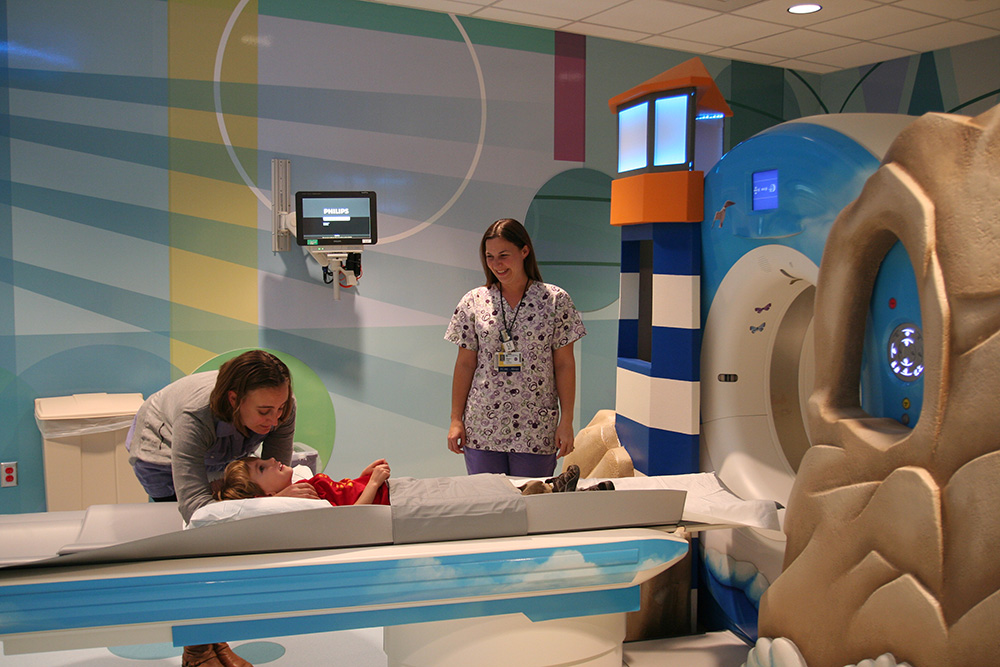
Getting Your CT Scan
When you’re in the CT scan room you can ask the technologist to turn on your favorite music. They’ll help you get comfortable on the bed. You may be positioned head first or feet first depending on what your doctor needs to see. Now it’s time for your ride into the lighthouse.
-

Your ride on the bed isn’t very long. The bed moves slowly up and over, into the scanner. When your pictures are done it moves back out again. Your job will be to lie as still as you can with your arms at your sides. Sometimes you may be able to have a grown up in the room with you. They will wear an apron while you’re getting your pictures taken.
-
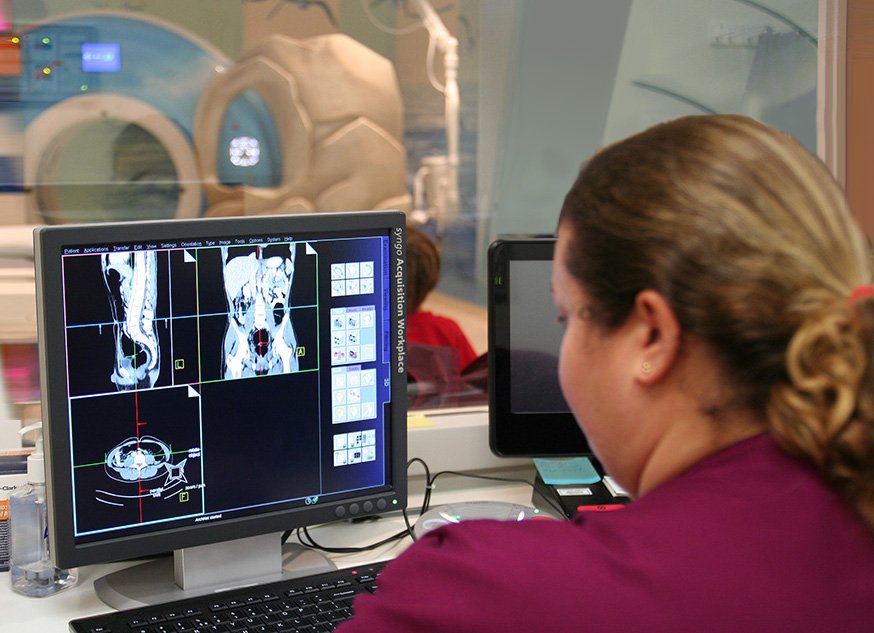
Just like having your picture taken, having a CT scan does not hurt. When it is time to start, the technologist will go behind a glass window to take the pictures. You will hear a soft whirring noise and it will only take a few minutes.
-

All Done!
Good job! You were very still and the pictures turned out great.
A radiologist is a doctor who is an expert at looking at these pictures. The radiologist will talk with your doctor, so he or she will know how to help you get better.